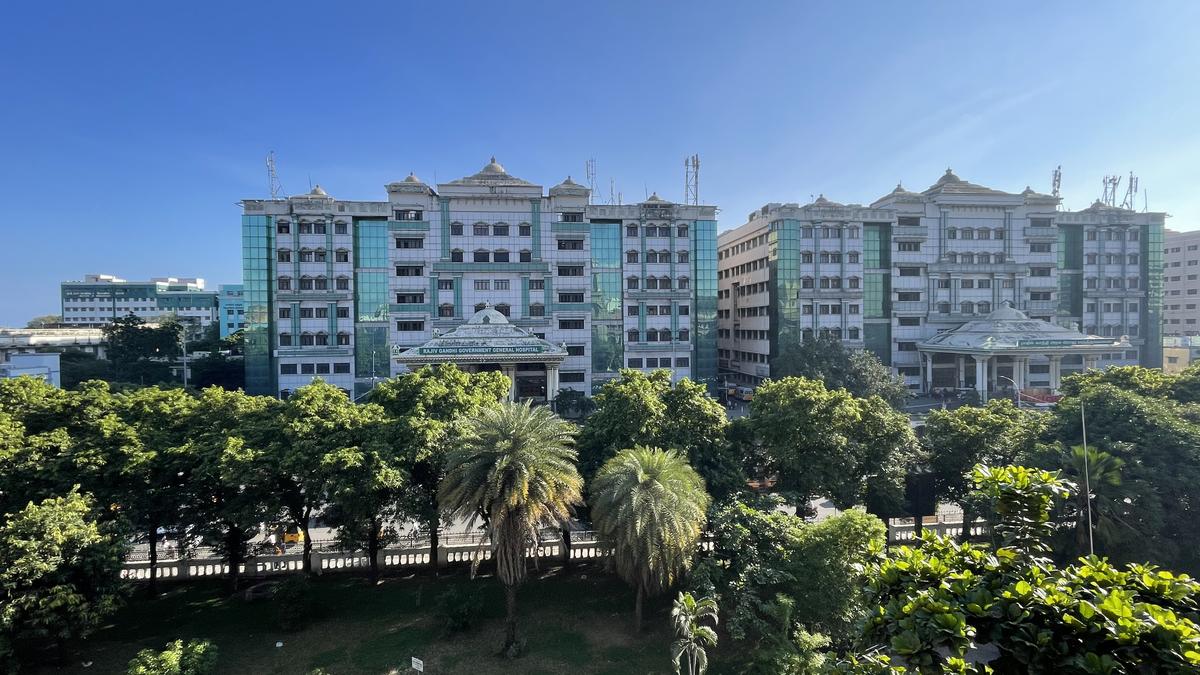
The history of healthcare in Chennai that remains untouched
The Hindu
Explore the rich medical history of Chennai, from ancient Indian practices to modern advancements, shaping it into a healthcare capital.
Last week saw a very heart-warming event at IIT Madras. The Department of Medical Sciences and Technology unveiled a series of plaques commemorating some of the great medical practitioners of the city. Asked to give a brief talk on the medical history of Madras, I pondered over what really made Chennai such a medicare capital, which it undoubtedly is.
Unlike the story of the legal profession in the city, which is very well-documented, medicine remains untouched. And like the history of the law, as and when healthcare is documented, the great stars are bound to dominate the narrative. What has helped the former is that the High Court is an apex body and so gives a focus when chroniclers such V.C. Gopalratnam or N.L. Rajah have taken up the task. In medicine, history remains scattered across multiple institutions, none of them known for their archiving skills, and of private practice, there are even fewer records.
During my talk, I dwelt on a few broad phases in the nearly four centuries that have gone by. The first two saw several enduring institutions come up, all of which have survived till date. The General Hospital began in the 1640s, and has been at the same location since the 1770s. By the end of the 18th Century, we had the Institute of Mental Health and then the 19th Century saw the birth of the Regional Institute of Ophthalmology, the Women and Children’s Hospital, and the Royapettah Hospital. It is interesting to note that till the 1840s, Indians did not have access to western medicine and depended entirely on native institutions practising varieties of Indian medicine. That meant Ayurveda, Siddha, and Unani have flourished as well, and continue to do so.
The establishment of the Madras Medical College in 1835 brought forth more Indian doctors and that changed the composition of the profession. By the 1840s, GH was open to Indian patients as well. By the late 1800s, the Victoria Caste and Gosha Hospital had come up as had the Raja Sir Savalai Ramaswami Mudaliar Lying-in Hospital in Royapuram, which in the 1930s would become an adjunct of the Stanley Medical Hospital. These would propel women into the medical profession.
Early 20th Century was the era of Indian physicians and surgeons, most being generalists as opposed to specialists. Many are still remembered. Western model school education, open to all, led to the shedding of taboos, and the opening of courses for nurses and pharmacists (Madras was a pioneer in this) meant the development of support systems as well. By the mid-20th Century, Madras had a huge number of specialists. They were pioneers in making sure government hospitals began departments dedicated to specific areas of health. The Perambur Railway Hospital put the city on the world map for cardio care. The setting up of government-run and private medical and nursing colleges helped the momentum.
When late in the 20th Century, Apollo and Sankara Nethralaya came up, each with its own unique model of providing healthcare, there was a thriving medical ecosystem already in existence. But these two institutions undoubtedly raised the bar of quality to very high levels, which the older institutions soon were quick to catch up with.
There has been no looking back after that. While private hospitals deserve credit, there is no doubt that the vast government-run robust health network has played a longer role in making the city a medical centre. Where will the next push come from? Perhaps in the collaboration between medicine and technology. Which is what this department at IIT specialises in.











